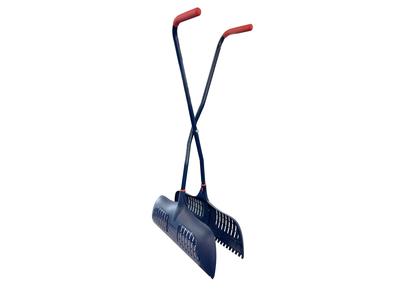
Best bedding blooms for wildlife and easy maintenance
In less than 12 weeks, at the beginning of June, you can be fairly sure there won’t be another frost. Your garden can be enriched with the non-stop colour that only tender plants can offer. Many of these plants are from places with short and sporadic growing seasons, generally dry places, where sudden heavy rainfall brings a rush of life. The plants grow and flower and set seed for only as long as the moisture in the soil enables them to flourish.
If plants set seed, they have successfully completed their role in reproducing, so they either produce fewer flowers, or stop flowering altogether. If you pick off the old faded flowers heads, to stop them from producing seed, it will help them keep flowering much longer. With tender plants, this can often be until the autumn frosts. This is called dead-heading, but you can also do live-heading, which means cutting flowers just as they open to bring indoorsfor floral arrangements.
Some plants have been bred to flower non-stop without dead-heading. This generally means the flowers are sterile, so they never get to the seed-setting stage. As a result, the flowers last a really long time. Sterile plants also have the benefit of not self-seeding, which can be handy with some plants that can become weeds. There is a bit of a myth that sterile flowers do not support wildlife, but it doesn’t appear to be backed up by science. Just because a flower doesn’t set seed, doesn’t mean it isn’t producing the sweet nectar that attracts and feeds pollinators.
Some plants have double flowers, meaning they have been bred to have many more flower petals than the single layer typically found in nature. Most cultivated roses and dahlias have some form of double flower, for example. These flowers tend to last much longer than single flowers, for two reasons for this. Firstly, some double flowers have so many petals that their centre never opens enough to allow insects in to pollinate the flower. This means the flower doesn’t set seed and so the flower doesn’t become a seed pod or fruit. As such, it is often said that double flowers are not good for insects. However, double flowers come in a range, from semi-double with a big open centre, to the extreme end with a complete proliferation of petals that totally obscure the nectaries. A better way to look at things is perhaps to consider how open the centre is, for pollinators to access the nectar.
The second reason double flowers last longer seems to be because not all of the petals emerge at once, instead they slowly unfurl with new petals emerging from the centre and then eventually fading off as they get to the outside. Old petals are replaced by younger ones as the flower opens over a long period of time.
If you choose wisely, you can have plants that flower for longer, need less work, and provide for the pollinators too. That’s smart gardening!


